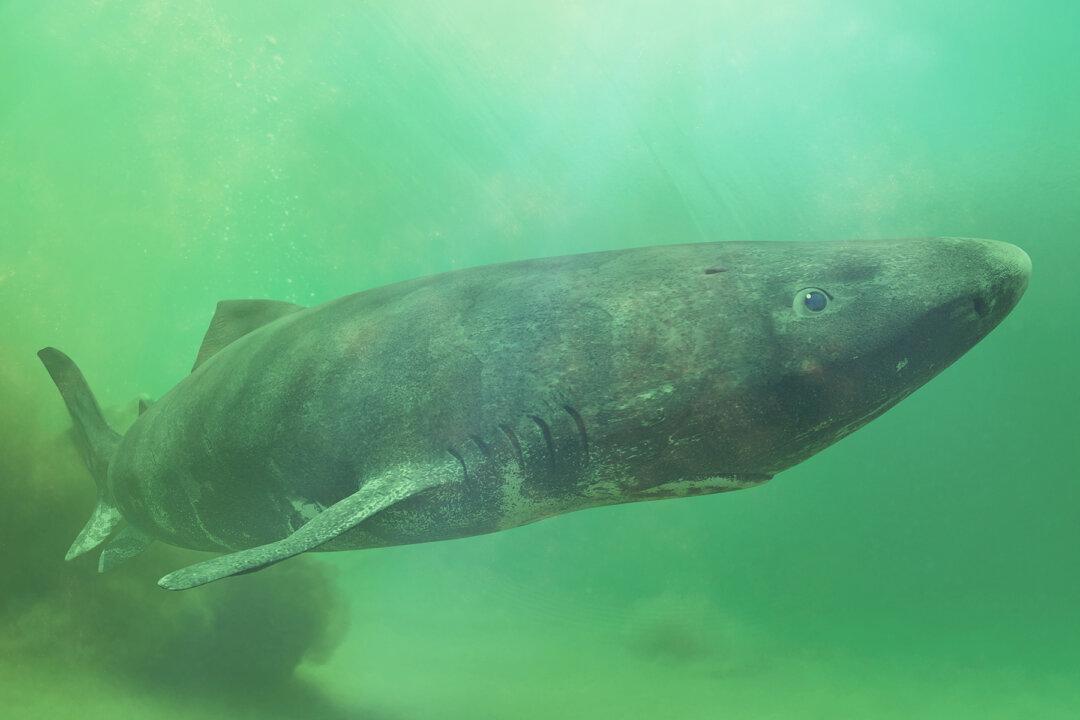A truly massive shark was spotted off the coast of Martha’s Vineyard, Massachusetts, according to recent video footage.
A clip posted to Twitter shows a shark that is at least 20 feet in length.


A truly massive shark was spotted off the coast of Martha’s Vineyard, Massachusetts, according to recent video footage.
A clip posted to Twitter shows a shark that is at least 20 feet in length.